Home>Garden Essentials>How Often Should You Water Bermuda Grass Seed
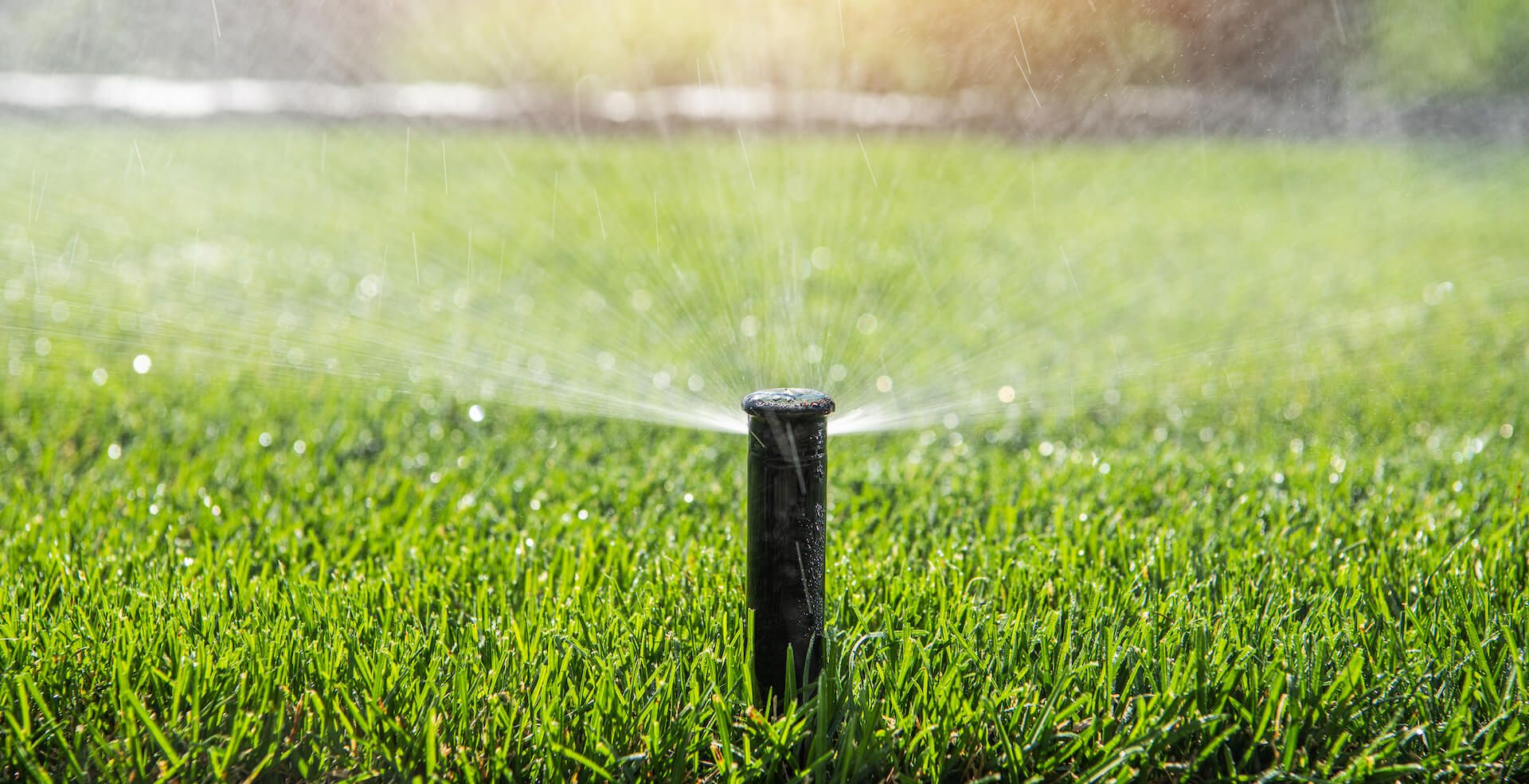

Garden Essentials
How Often Should You Water Bermuda Grass Seed
Modified: April 23, 2024
Learn the best watering schedule for your Bermuda grass seed in your garden and keep it healthy and vibrant. Find out how often to water your garden for optimum growth.
(Many of the links in this article redirect to a specific reviewed product. Your purchase of these products through affiliate links helps to generate commission for Storables.com, at no extra cost. Learn more)
Introduction
Watering Bermuda grass seed is a crucial step in establishing a healthy and vibrant lawn. Proper watering techniques not only encourage germination but also promote strong root development and overall growth. However, knowing how often to water Bermuda grass seed can be a bit challenging. Various factors, such as climate, soil type, grass variety, and growth stage, play a significant role in determining the watering frequency.
In this article, we will explore these factors and provide guidelines on how often you should water Bermuda grass seed at different stages of growth. We will also discuss the signs of overwatering and underwatering to help you identify and address any watering issues. Additionally, we will share some valuable tips for effective watering that will ensure the health and vitality of your Bermuda grass seed.
By the end of this article, you will have a clear understanding of how to water your Bermuda grass seed effectively and maintain a lush and thriving lawn.
Key Takeaways:
- Water Bermuda grass seed daily during germination, then gradually reduce frequency. Monitor for signs of overwatering and underwatering to maintain a healthy lawn.
- Consider climate, soil type, grass variety, and growth stage to determine optimal watering frequency. Use proper techniques and equipment for effective watering.
Read more: How Often Should You Water Seeds
Factors to Consider
When determining how often to water Bermuda grass seed, several factors come into play. Understanding these factors will help you make informed decisions and provide optimal watering conditions for your lawn. Let’s take a closer look at each one:
- Climate: The climate in your region plays a significant role in determining the watering needs of Bermuda grass seed. If you live in a hot and arid climate, you will likely need to water more frequently to compensate for the increased evaporation rate. Conversely, if you reside in a cooler or more humid climate, you may not need to water as often.
- Soil Type: The type of soil in your lawn affects the water-holding capacity and drainage. Sandy soils drain quickly, requiring more frequent watering, while clay soils retain water for more extended periods and need less frequent watering. Understanding your soil type will help you adjust your watering schedule to meet the specific needs of your Bermuda grass seed.
- Grass Variety: Different varieties of Bermuda grass have varying water requirements. Some varieties are more drought-tolerant and can withstand longer periods between watering, while others may need more frequent irrigation. Research the specific characteristics of the Bermuda grass variety you have planted to determine its watering needs.
- Stage of Growth: The stage of growth of your Bermuda grass seed also affects the watering frequency. During the germination phase, the seed requires consistent moisture to sprout and establish roots. Once the grass has reached the establishment phase, the watering frequency can be gradually reduced. Established Bermuda grass lawns have different maintenance watering needs.
Considering these factors and their impact on your lawn will help you determine the appropriate watering frequency for your Bermuda grass seed. It’s essential to monitor your lawn’s needs regularly and adjust your watering schedule accordingly to promote healthy growth and sustainability.
Watering Frequency Guidelines
Proper watering at different stages of growth is key to establishing a healthy Bermuda grass lawn. Let’s explore the watering frequency guidelines for each stage:
- Initial Watering: After seeding your Bermuda grass, the first watering is crucial. Within 24 hours of seeding, gently water the area until the top 0.5 to 1 inch of soil is consistently moist. This initial watering helps initiate the germination process.
- Germination Phase: During the germination phase, it’s essential to keep the soil consistently moist but not saturated. Lightly water the seeded area every day or as needed to prevent the top inch of soil from drying out. Be careful not to overwater or allow puddles to form, as this can drown the germinating seeds.
- Establishment Phase: As Bermuda grass seedlings start to sprout and grow, you can gradually reduce the watering frequency. Transition from daily watering to every other day, allowing the soil to dry out slightly between waterings. Water deeply to encourage the roots to grow deeper into the soil.
- Established Lawn Maintenance: Once your Bermuda grass lawn is established, it requires regular maintenance watering. Depending on the climate and soil conditions, water the lawn deeply once or twice a week. Apply enough water to moisten the top 6 to 8 inches of the soil. Adjust the watering frequency based on weather patterns, rainfall, and signs of stress in your lawn.
Remember to always monitor the moisture level of your Bermuda grass lawn. Stick your finger into the soil to check if it feels dry below the surface. Adjust your watering frequency accordingly to maintain a healthy, well-hydrated lawn.
Signs of Overwatering
Overwatering Bermuda grass can lead to various problems, so it’s important to be able to recognize the signs. Here are some common indicators of overwatering:
- Yellowing Grass: One of the most apparent signs of overwatering is yellowing grass. The blades of the grass may take on a pale or yellowish color, indicating that the roots are being suffocated due to excessive moisture.
- Fungal Growth: Overwatered grass creates a moist, damp environment that promotes fungal growth. Keep an eye out for signs of fungal diseases, such as brown patches, white or gray powdery substances, or the presence of mushrooms. Excessive thatch buildup may also occur in overwatered areas.
- Puddles or Standing Water: If you notice puddles or standing water on your lawn after watering, it’s a clear sign of excessive moisture. Poor drainage or overwatering can lead to these pooling areas, which can drown the roots and cause long-term damage to the grass.
If you observe any of these signs, it’s important to take immediate action to correct the overwatering issue. Adjust your watering schedule to allow the soil to dry out between waterings and improve the drainage in the affected areas. If fungal diseases are present, consider applying fungicides specifically designed for Bermuda grass.
Remember, maintaining the proper balance of moisture is crucial for the health of your Bermuda grass. Regularly monitor the soil and adjust your watering practices accordingly to prevent overwatering and maintain vibrant, lush grass.
Water newly planted Bermuda grass seed lightly 2-3 times a day to keep the soil consistently moist. Once the grass is established, water deeply 1-2 times a week, providing about 1 inch of water each time.
Signs of Underwatering
Underwatering Bermuda grass can have detrimental effects on its health and appearance. It’s essential to be able to recognize the signs of underwatering to address the issue promptly. Here are some common indicators of insufficient watering:
- Wilting or Dry Patches: When Bermuda grass doesn’t receive enough water, it will start to wilt or develop dry patches. The grass blades may curl or fold inward in an attempt to conserve moisture. These patches can become increasingly noticeable as the drought stress continues.
- Stunted Growth: Inadequate water supply to the grass roots can lead to stunted growth. The Bermuda grass may not grow as vigorously as it should, resulting in a patchy or uneven lawn appearance. You may also notice a lack of new shoots or limited spreading of the grass.
- Thinning Grass: Underwatered Bermuda grass can become thin and sparse over time. The lack of water restricts the grass’s ability to develop a strong and healthy root system, leading to thinning and decreased density. This can create bare patches and make the lawn more susceptible to weed growth.
If you observe any of these signs, it’s important to increase your watering frequency and ensure that your Bermuda grass is receiving adequate moisture. Water deeply and evenly, allowing the soil to absorb water to a depth of at least 6 inches. Consider adjusting your watering schedule based on the specific needs of your lawn and the prevailing weather conditions.
Regular monitoring of your Bermuda grass lawn and proper irrigation practices will help prevent underwatering and promote healthy growth and lush greenery.
Read more: How Often Should You Water Lavender Seeds
Tips for Effective Watering
Proper watering techniques are essential for maintaining a healthy Bermuda grass lawn. Here are some tips to help you water your lawn effectively:
- Time of Day: Water your Bermuda grass in the early morning or late afternoon. This allows the grass to absorb the moisture before the heat of the day, minimizing evaporation. Avoid watering during the hottest part of the day, as the water may evaporate before it has a chance to penetrate the soil.
- Watering Depth: Water deeply to encourage deep root growth. Aim for about 1 inch of water per week, applying it slowly to allow time for absorption. To determine how much water you are applying, place empty containers such as cans or jars around the lawn and measure the amount of water collected during a watering session.
- Watering Equipment: Choose the right watering equipment to ensure even water distribution. Sprinklers with adjustable patterns can help cover large areas, while soaker hoses or drip irrigation systems are ideal for delivering water directly to the base of the plants. Consider using timers or automated irrigation systems to maintain consistent watering schedules.
In addition to these tips, it’s important to regularly monitor the moisture level of your Bermuda grass lawn. Check the soil by inserting your finger into the ground. If it feels dry below the surface, it’s time to water. Avoid overwatering, as it can lead to shallow root development and other issues.
Remember, maintaining a healthy lawn involves a balance of proper watering, regular mowing, and adequate lawn care practices. By following these effective watering tips, you can ensure the health and beauty of your Bermuda grass lawn.
Conclusion
Watering your Bermuda grass seed accurately is crucial for establishing a thriving and vibrant lawn. By considering factors such as climate, soil type, grass variety, and growth stage, you can determine the optimal watering frequency for your Bermuda grass seed.
During the germination phase, it is important to keep the soil consistently moist. As the grass progresses into the establishment phase, gradually reduce the watering frequency to promote deeper root growth. Once your Bermuda grass lawn is established, maintain a regular maintenance watering schedule, adjusting as needed based on weather conditions and signs of stress.
Understanding the signs of overwatering and underwatering is essential for maintaining a healthy lawn. Yellowing grass, fungal growth, and standing water are indicators of overwatering, while wilted or dry patches, stunted growth, and thinning grass signal underwatering. Monitoring your lawn for these signs and adjusting your watering practices accordingly will ensure optimal health and growth.
To water your Bermuda grass effectively, water in the early morning or late afternoon to minimize evaporation. Water deeply to encourage deep root growth, and use appropriate watering equipment to ensure even water distribution. Regularly check the moisture level of your lawn and adjust your watering schedule as needed.
By following these guidelines and incorporating effective watering practices, you can establish and maintain a beautiful and lush Bermuda grass lawn. Remember, a well-hydrated lawn not only enhances the aesthetic appeal of your outdoor space but also promotes the overall health and longevity of your Bermuda grass.
Frequently Asked Questions about How Often Should You Water Bermuda Grass Seed
Was this page helpful?
At Storables.com, we guarantee accurate and reliable information. Our content, validated by Expert Board Contributors, is crafted following stringent Editorial Policies. We're committed to providing you with well-researched, expert-backed insights for all your informational needs.

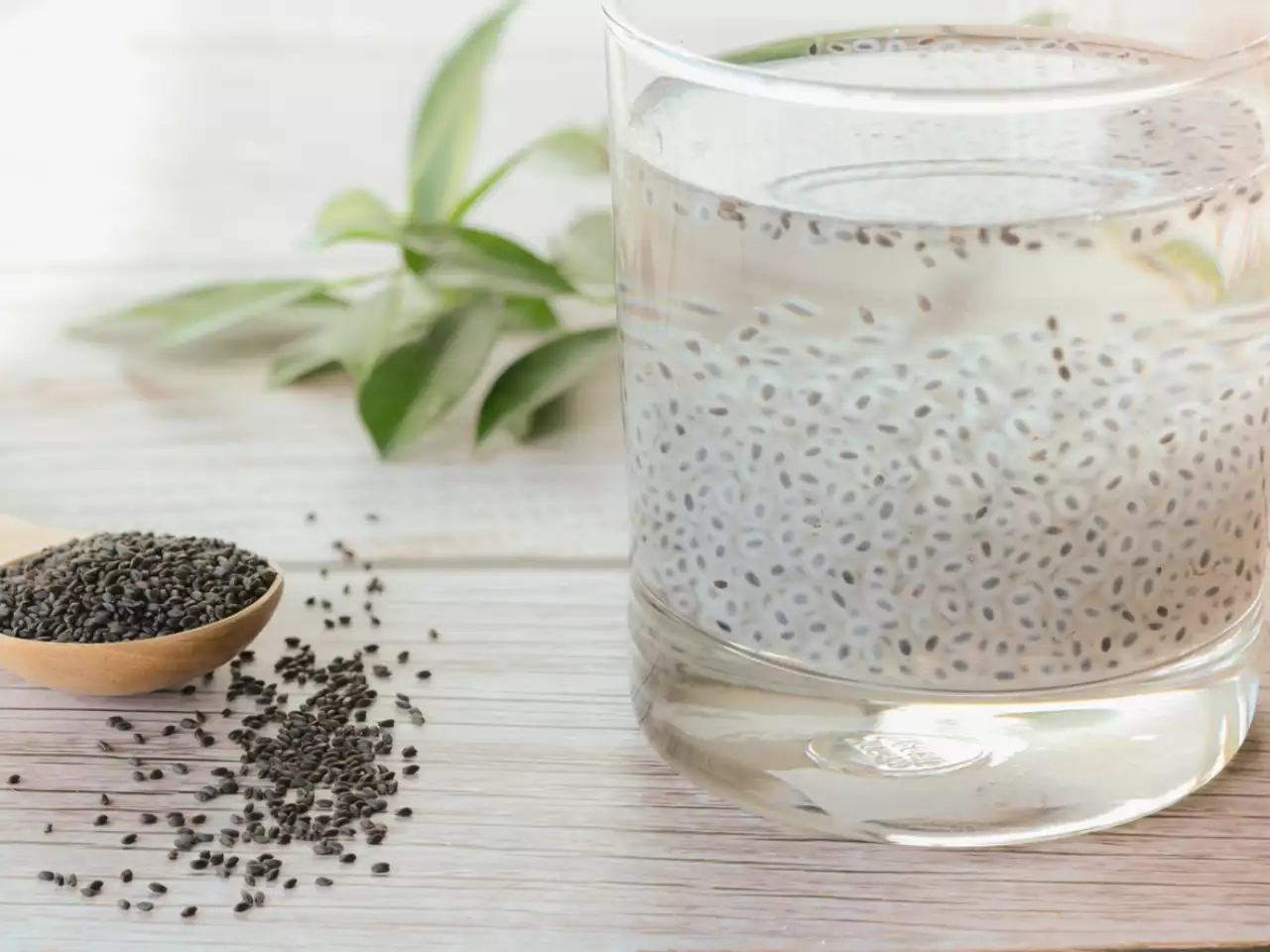
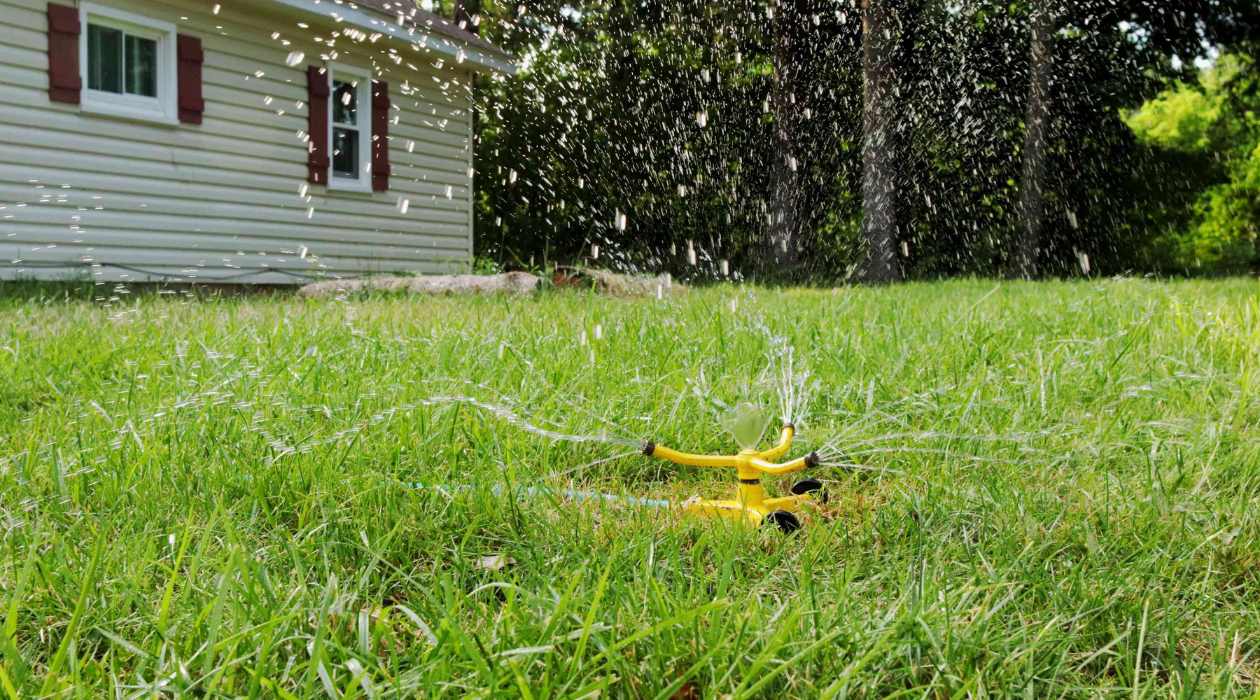

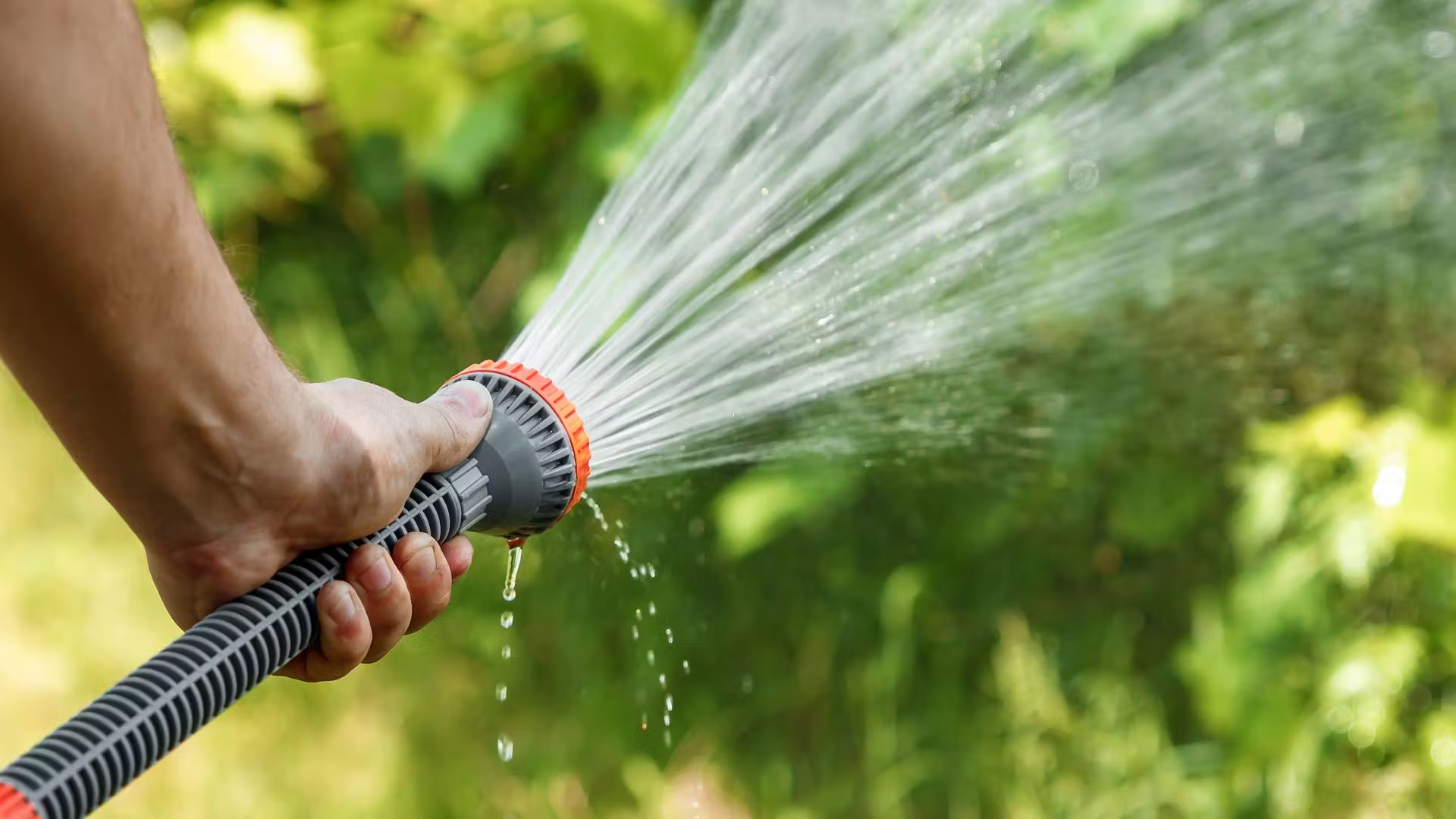
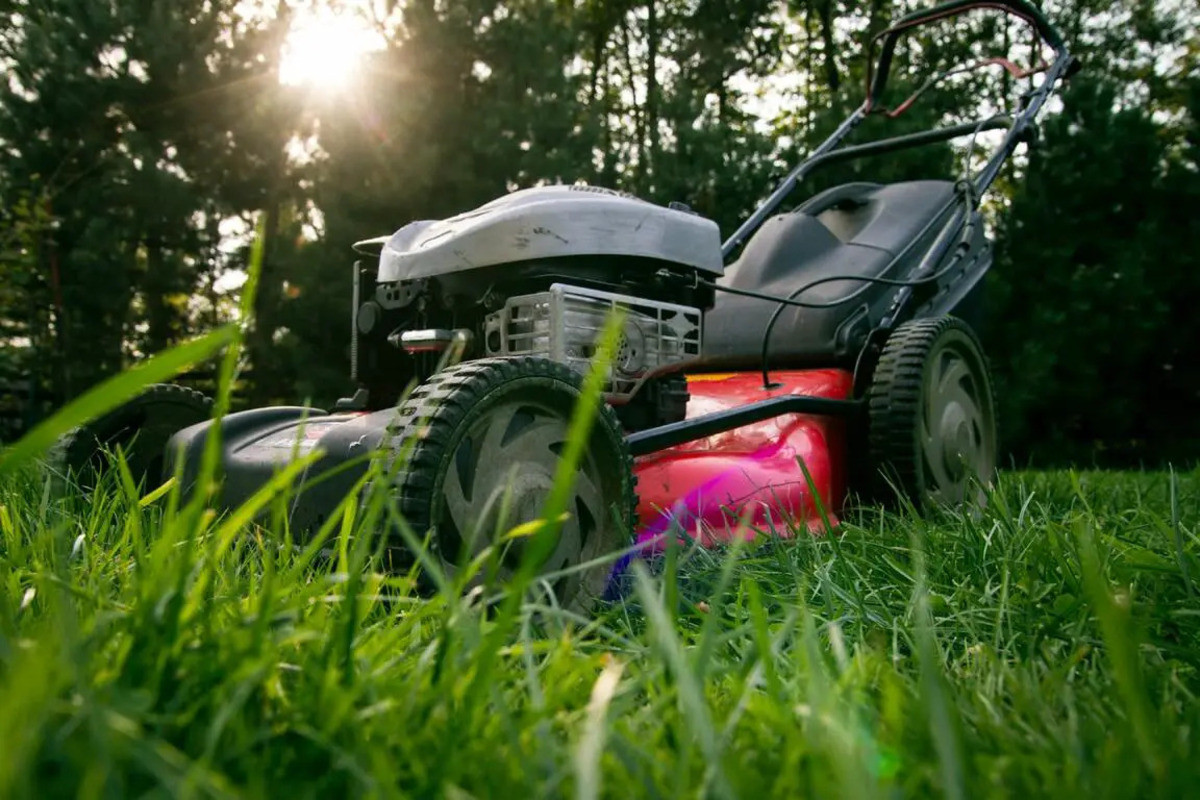
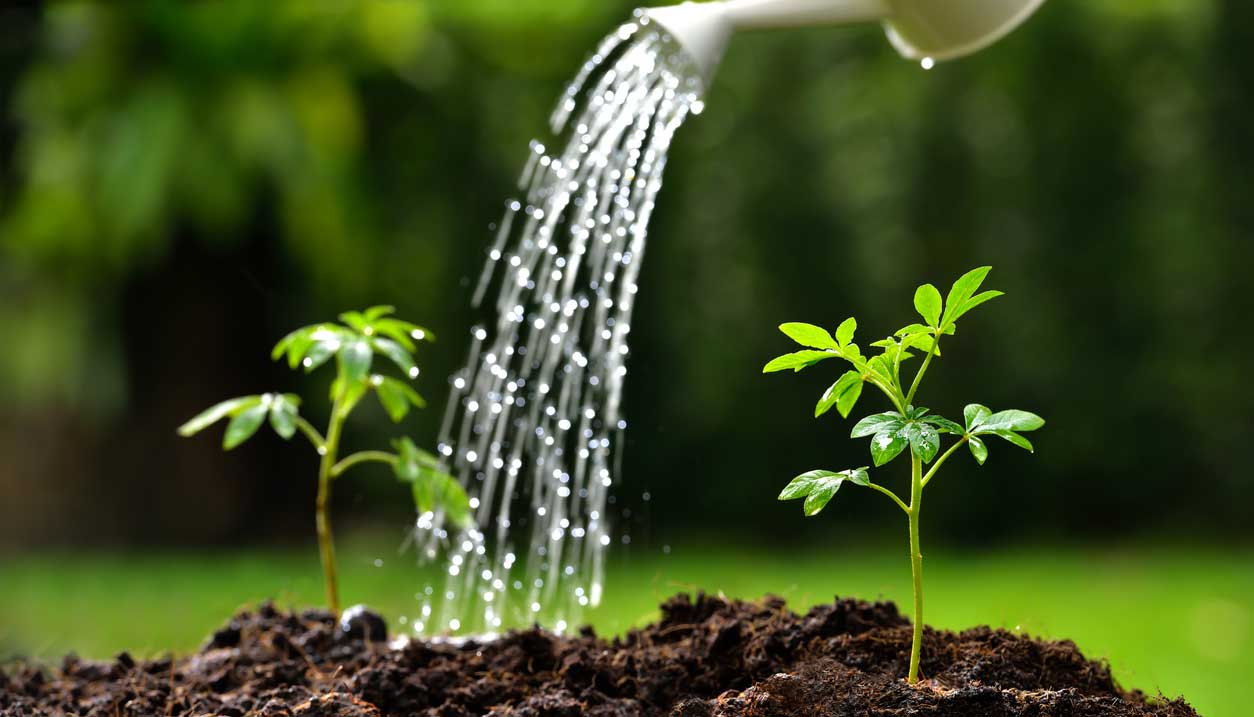
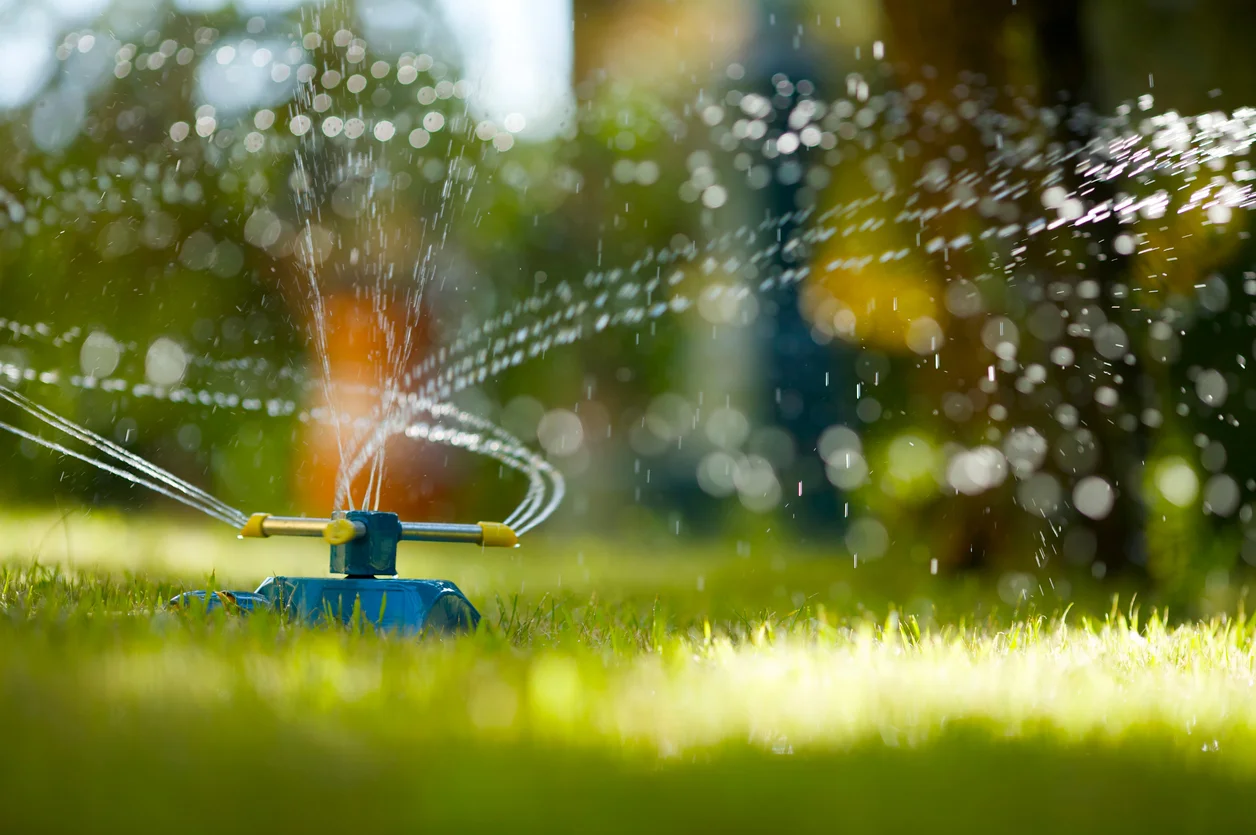
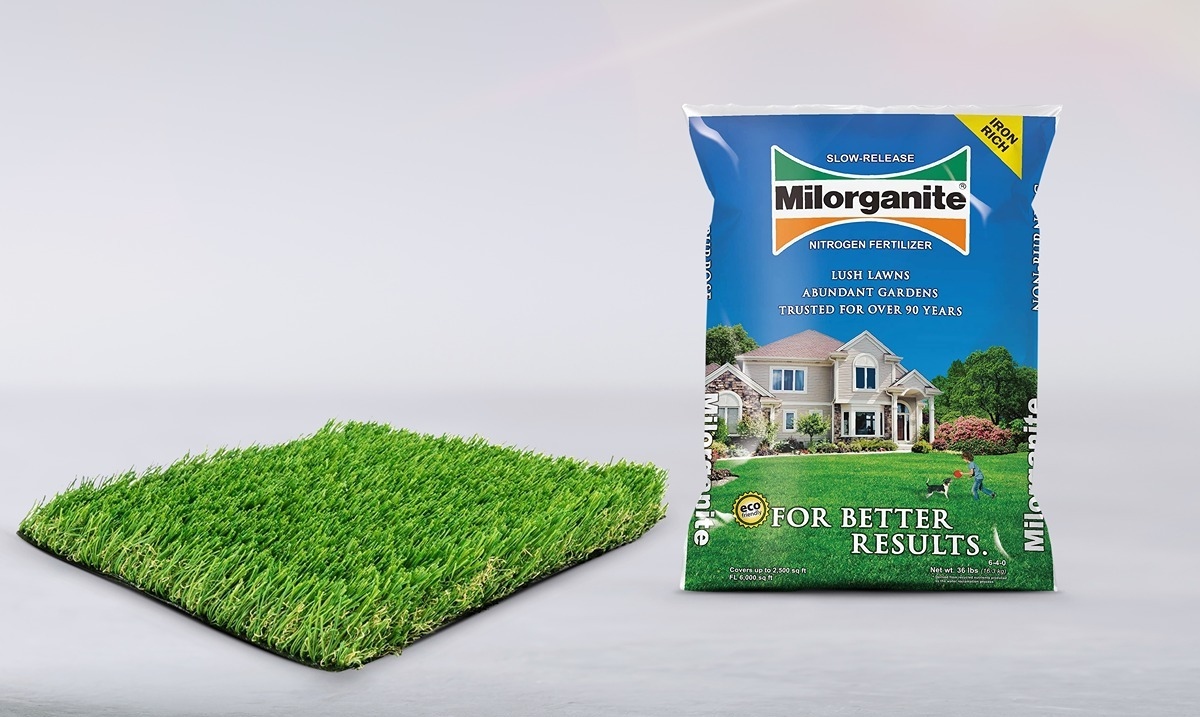

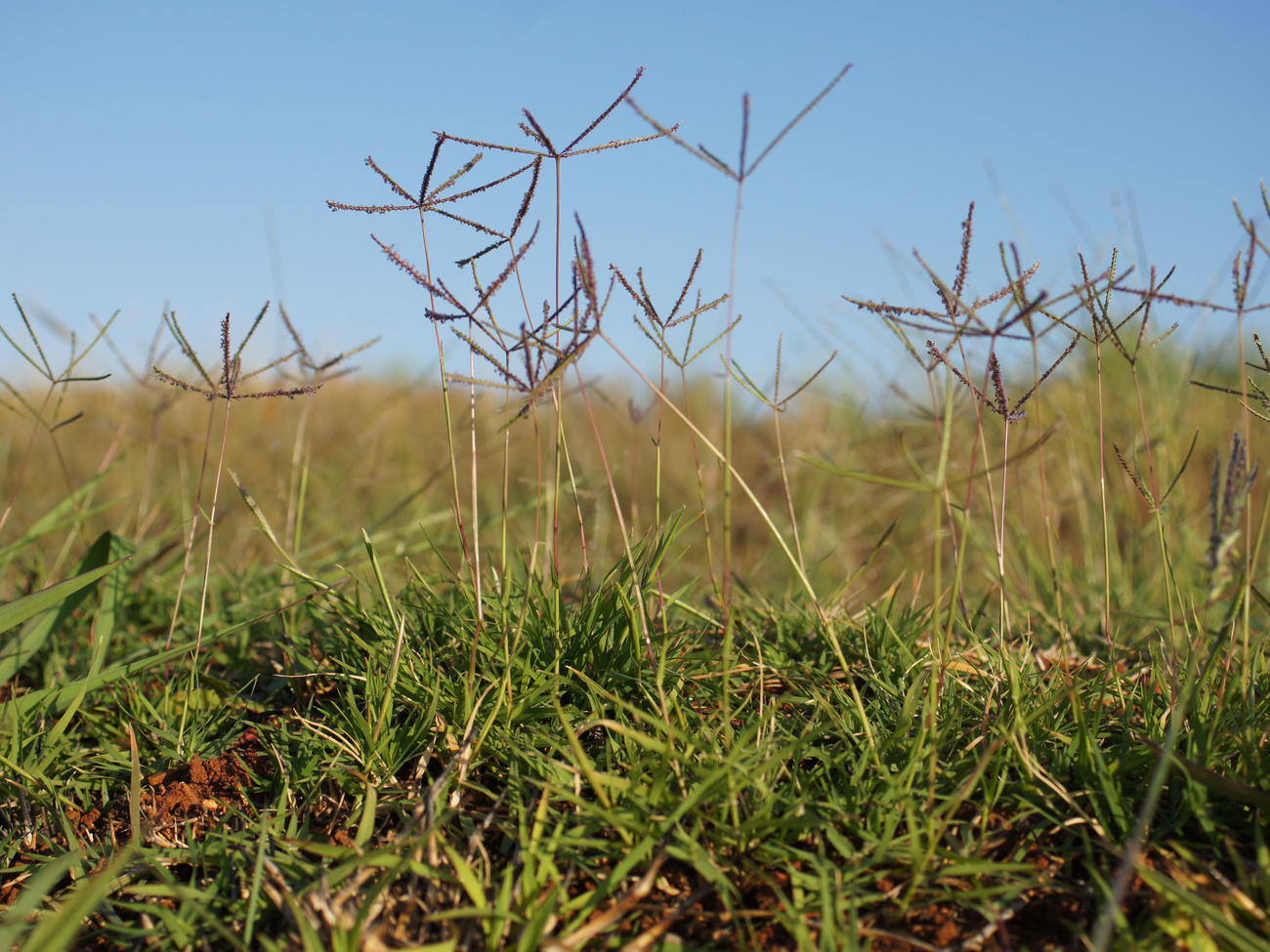
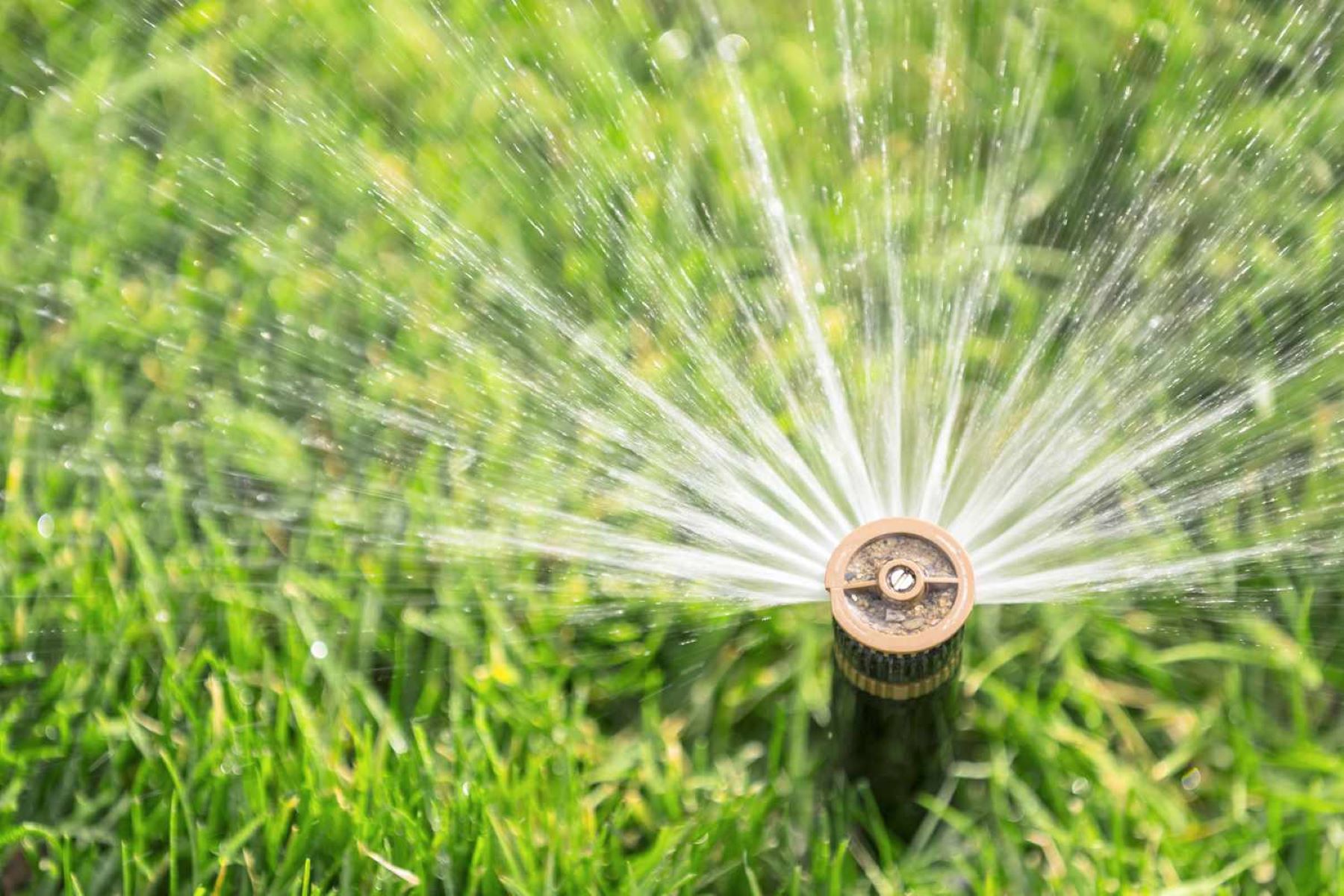

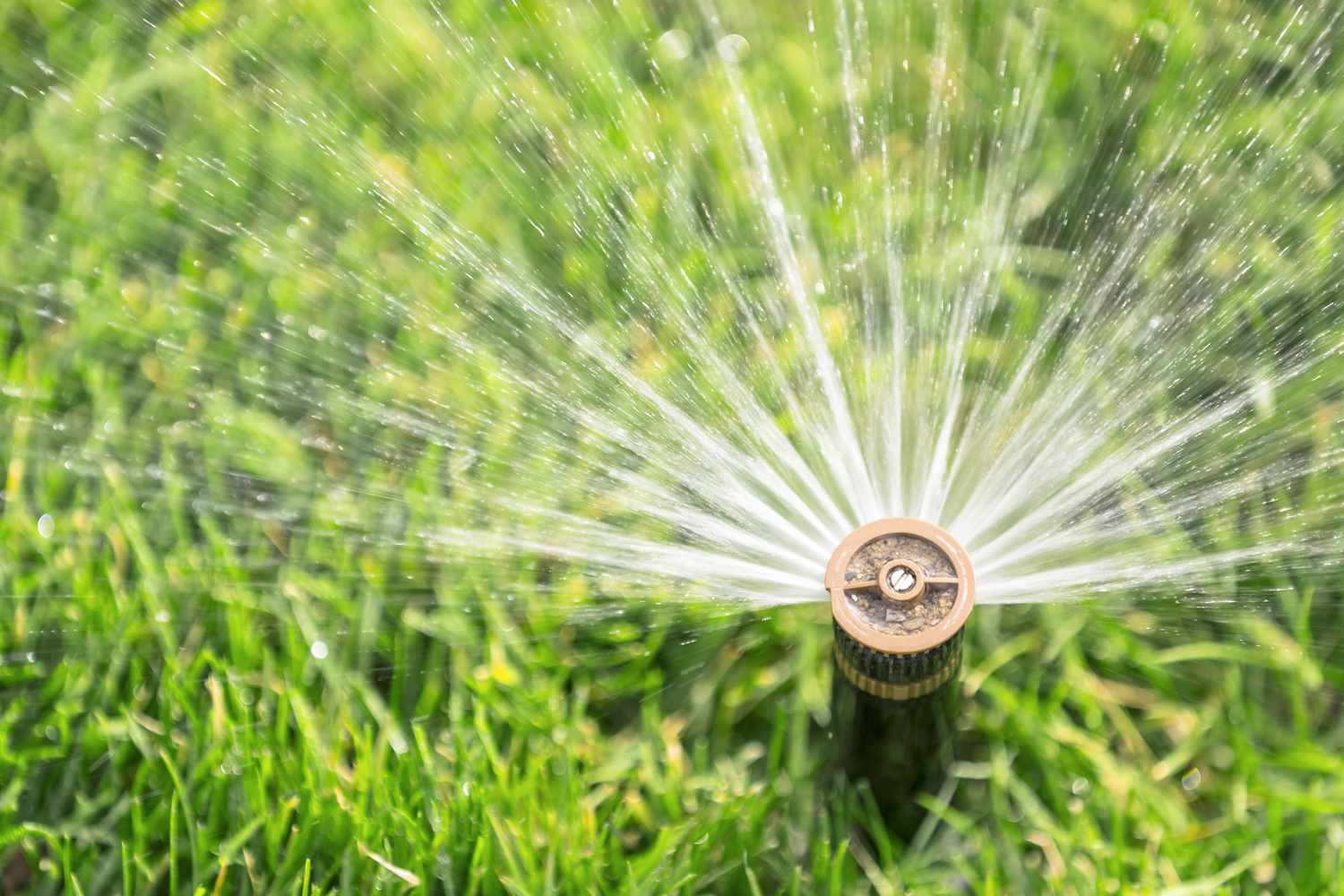

0 thoughts on “How Often Should You Water Bermuda Grass Seed”